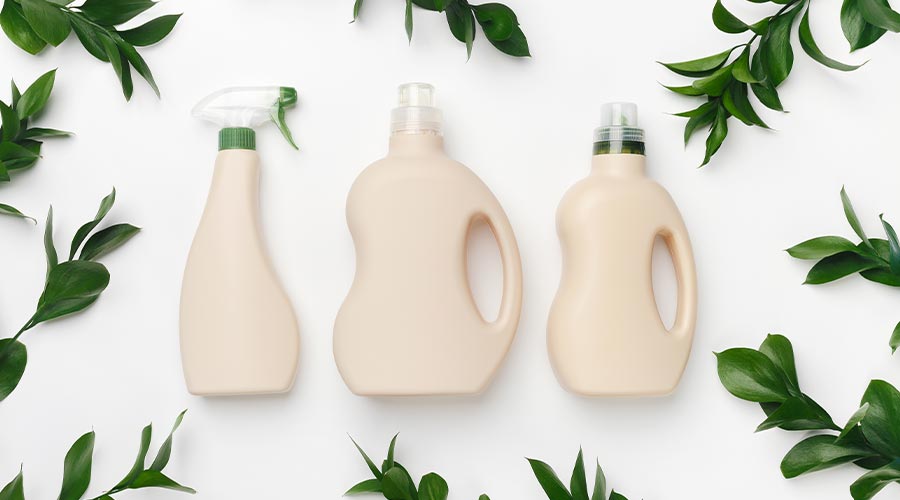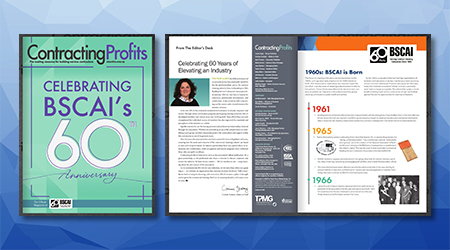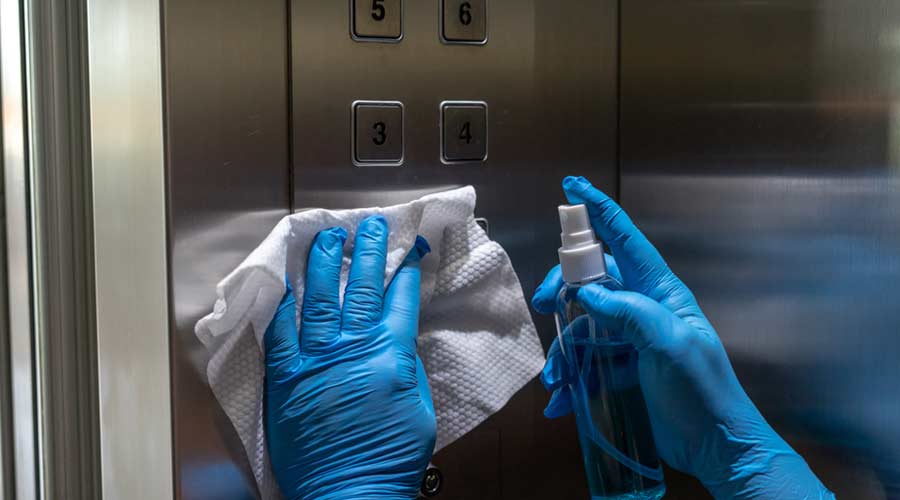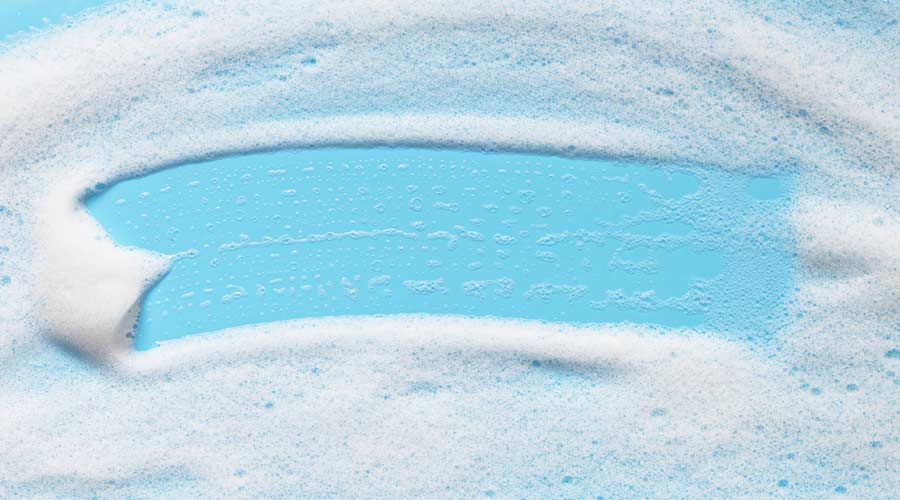
Chemically formulated to take care of most day-to-day soil loads, neutral cleaners have earned a top spot on the custodial closet shelf — and rightly so. They’re the products most often reached for to either mop floors or wipe down a variety of hard surfaces safely and effectively without having to break the bank.
“A neutral cleaner is like your gallon of milk in the refrigerator,” says Bill Allen, territory manager for Fagan Sanitary Supply, West Elizabeth, Pennsylvania. “It’s a common staple.”
Indeed, when setting up a four-product chemical proportioning system at facilities like schools and nursing homes, Allen often installs a neutral pH cleaner as well as a neutral pH disinfectant — making up half of the facility’s cleaning chemicals.
“I always tell customers that these two products will be used for 90-to-95 percent of their daily tasks, so neutral cleaners do the lion’s share of the day-to-day work,” he says.
Neutral to the Nth Degree
What precisely is meant by the term “neutral” cleaner? Ailene Grego, president and CEO of SouthEast Link, Atlanta, explains that neutral cleaners are determined according to their pH level; a measure of how acidic or alkaline a substance is. The pH scale ranges from 0 (the most acidic) to 14 (the most basic).
“In the chemical world, a neutral pH is somewhere between 6.5 and 7.5 on the pH scale, but in the jan/san world, we’ll accept anything between 6 and 8,” she explains. “If it’s within this range, it’s still characterized as a neutral cleaner because it is safe and won’t damage surfaces or harm floor finish.”
Because neutral cleaners do not contain harsh chemicals, they are most effective for daily cleaning on any surface that is not damaged by water: floors, countertops, walls, sinks, and high-touch points such as doorknobs and elevator buttons.
To determine whether or not a neutral cleaner is appropriate, Darrel Hicks recommends assessing the type and level of soil. As a rule of thumb, neutral cleaners come into play when a custodian needs a bit more than just water to mop or wipe with.
“You have to look at what you’re trying to remove. Neutral cleaners may not be the best solution for every situation,” Hicks says.
To remove oil or grease, custodians may need a more alkaline product, such as a general-purpose cleaner. For tackling the tough stuff — salt and ice melt residue, or soap scum and calcium deposits in restrooms — an acidic-based cleaner may be preferable.
Grego agrees: “Neutral cleaners can be used anywhere, but you need to make sure it’s not an aggressively dirty area, because they have their limitations,” she shares. “If you have heavy soils, and you’re trying to do the first cleanup, neutral cleaners are probably not the best choice.”
Cleaning frequencies are also a consideration. For example, while neutral cleaners may be suitable for daily cleaning, they may not be strong enough to remove a week’s worth of grime. In these instances, custodians may have to forego neutral cleaners in favor of general-purpose cleaners.
Safety and Sustainability
One of the reasons that facilities favor neutral cleaners is their safety record. Not only are they safe for the user, but they are unlikely to damage most surfaces.
“These cleaners are chemically formulated to be of the safest caliber for the surfaces they’re used on, and they won’t damage coatings such as seals, finishes and paint,” says Allen.
As more facilities pursue known sustainable practices, neutral cleaners are also being chosen to meet requirements for effective, non-toxic cleaning agents that are safe for custodians, building occupants and the environment.
“When we talk about non-toxic, that includes dumping the cleaner down the drain,” Hicks says. “If it ends up in the public water systems, you don’t want something that’s harmful to the water or marine life. So neutral cleaners and disinfectants should be non-toxic — not just for the people using them, but for the environment, too.”
Another reason cleaning departments favor neutral chemicals is their cost-effectiveness, especially when it comes to mopping floors. Not only are these products gentle on surfaces, but they’re also gentle on ever-shrinking custodial budgets.
“You want something economical, but you can’t just look at the cost of the product,” Hicks advises. “You have to determine if it’s doing its job without being labor-intensive. If it’s not a good cleaner, you may have to go over the area twice, or you may get complaints from people.”
Understanding Neutral Cleaners and How They Work

 Celebrating BSCAI's 60th Anniversary eBook
Celebrating BSCAI's 60th Anniversary eBook The Down and Dirty on Cleaning in Virus Season
The Down and Dirty on Cleaning in Virus Season How Surfactant Use is Expanding in Commercial Cleaning
How Surfactant Use is Expanding in Commercial Cleaning